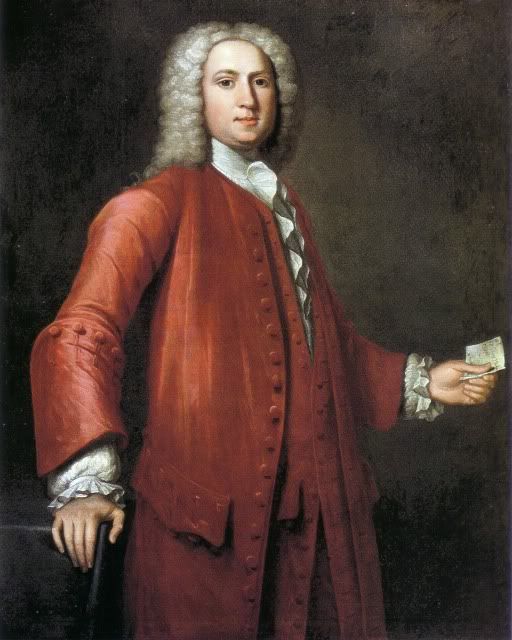Critical self-examination is a practice that is advocated by Martha Nussbaum and is important for becoming a 'world citizen'. In her essay Cultivating Humanity Nussbaum says that one cultivates humanity by developing themselves in three capacities.
- The first is the capacity for critical self-examination and critical thinking about one's own culture and traditions.
- The second is the capacity to see oneself as a human being who is bound to all humans with ties of concern.
Here is a video of her talking a little bit about it and explaining it a lot better than I could. It is not all completely relevant to my post but is still super informative.
- The third is the capacity for narrative imagination - the ability to empathize with others and put oneself in another's place.
So how is this all relevant to the teaching in The Sacred Tree? Well, if my interpretation of some of the values is correct I think that they are attempting to cultivate that same sort of self-examination through the use of the Medicine Wheel. It helps us understand the equality of different races and elements and helps with the development of our self.
In The Sacred Tree the medicine wheel is used as a means of understanding concepts and ideas. One of the best quotes in the book (at least to me) is:
I think the messages advocated in The Sacred Tree and by Martha Nussbaum are very integral parts of understanding in order to become the kind of person I want to be and hope others to be....We must learn to look at ourselves from the center of the medicine wheel. From that center, we will be able to see how we fit together with everything else. We will experience ourselves to be a small but infinitely sacred part of a very large process.







